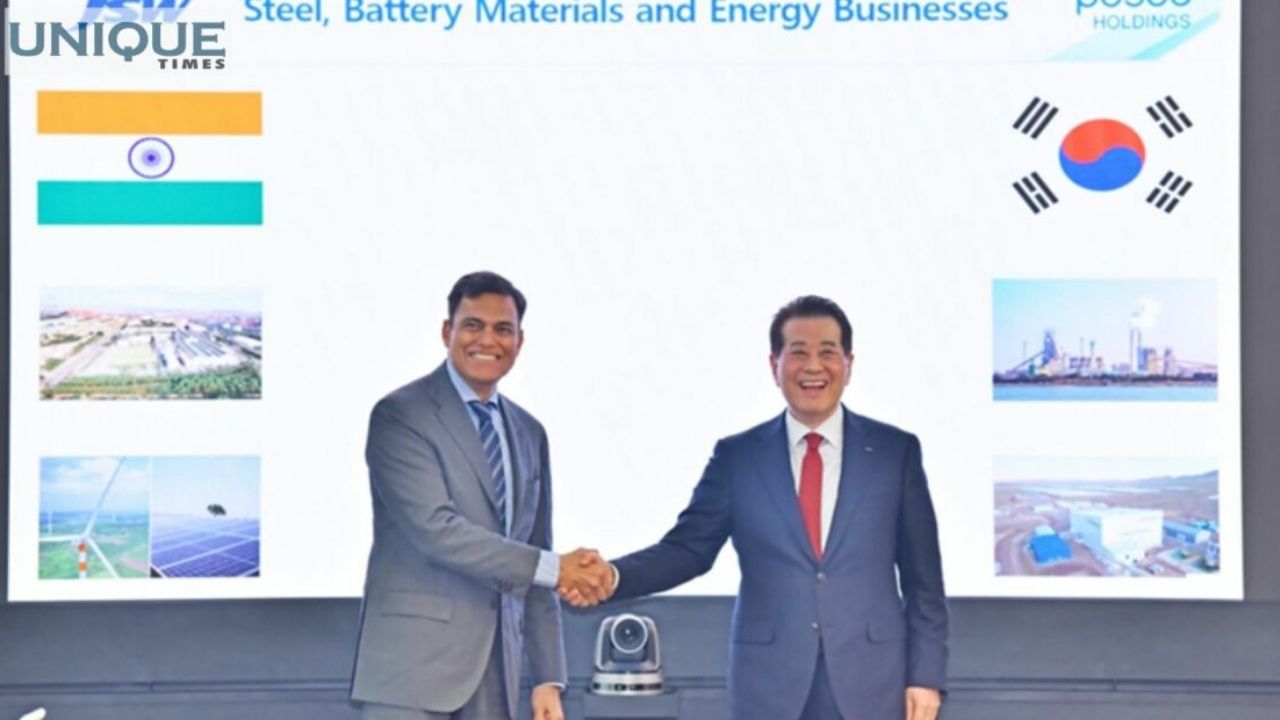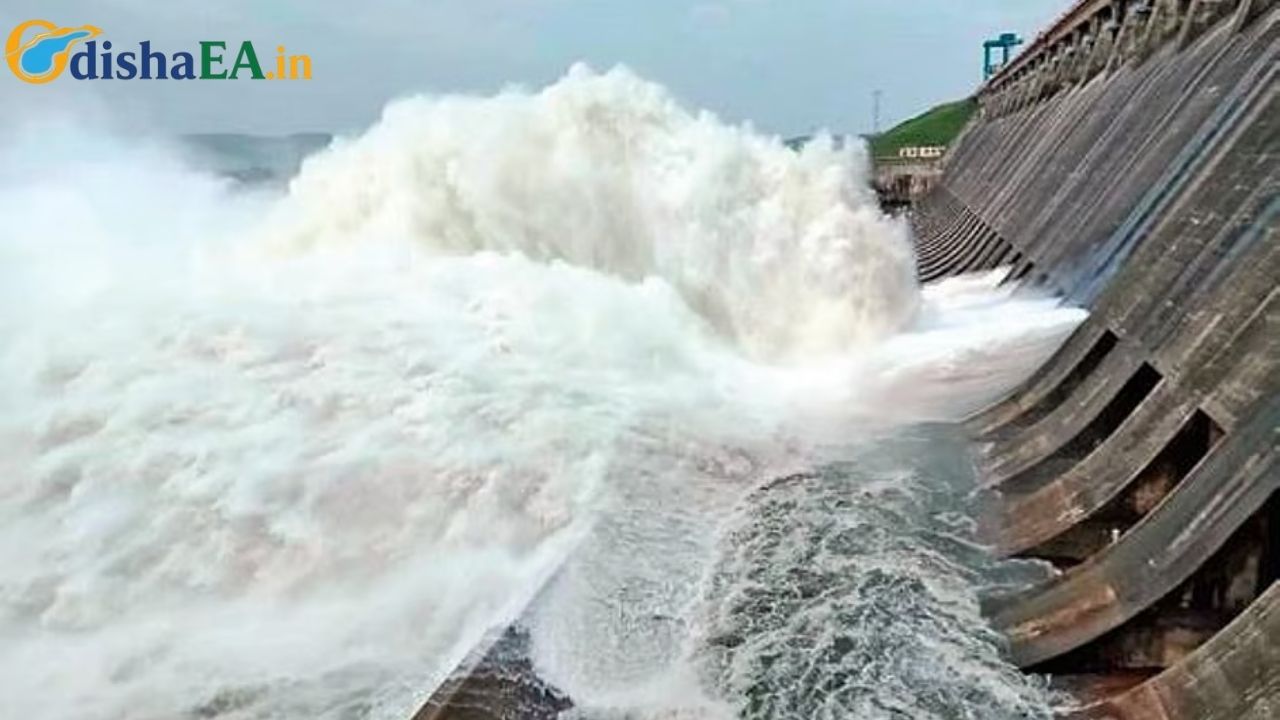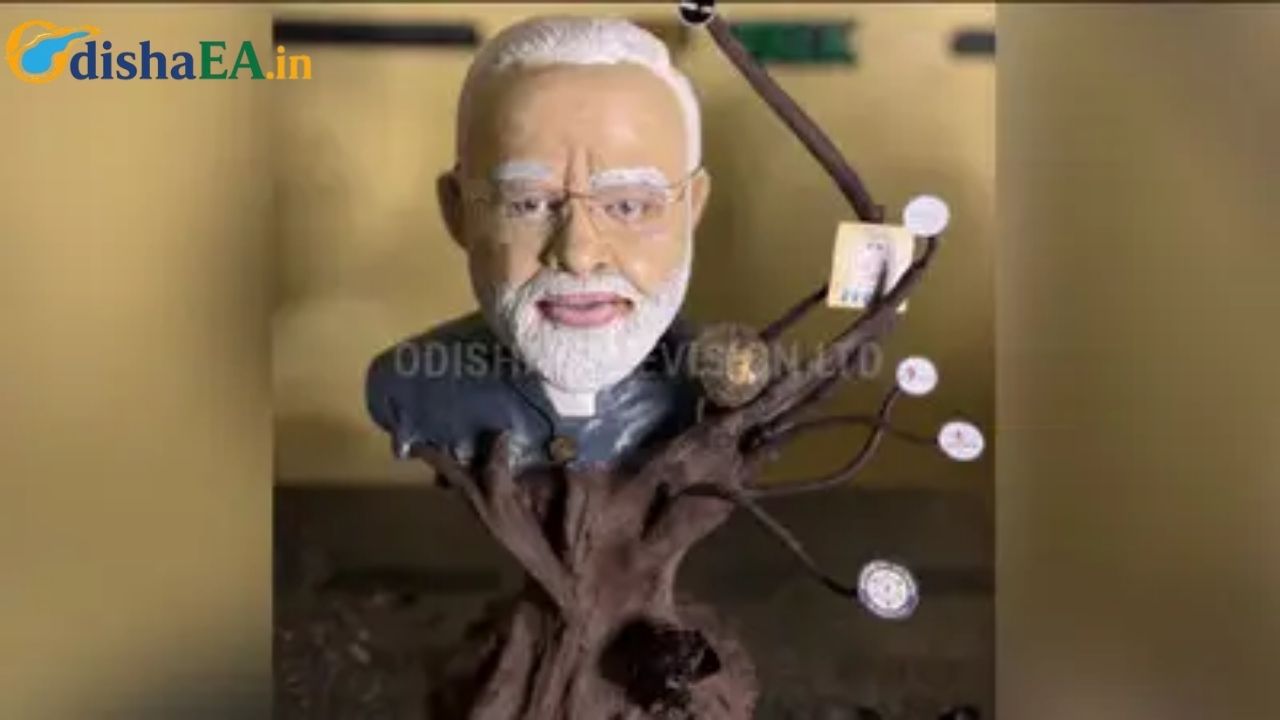If you’ve been following global steel news, you’ve probably heard this: Odisha emerges as steel powerhouse target—JSW, POSCO plot mega expansion. This isn’t just a catchy headline. It’s a real game-changer for India’s economy, the steel industry, and even international trade.
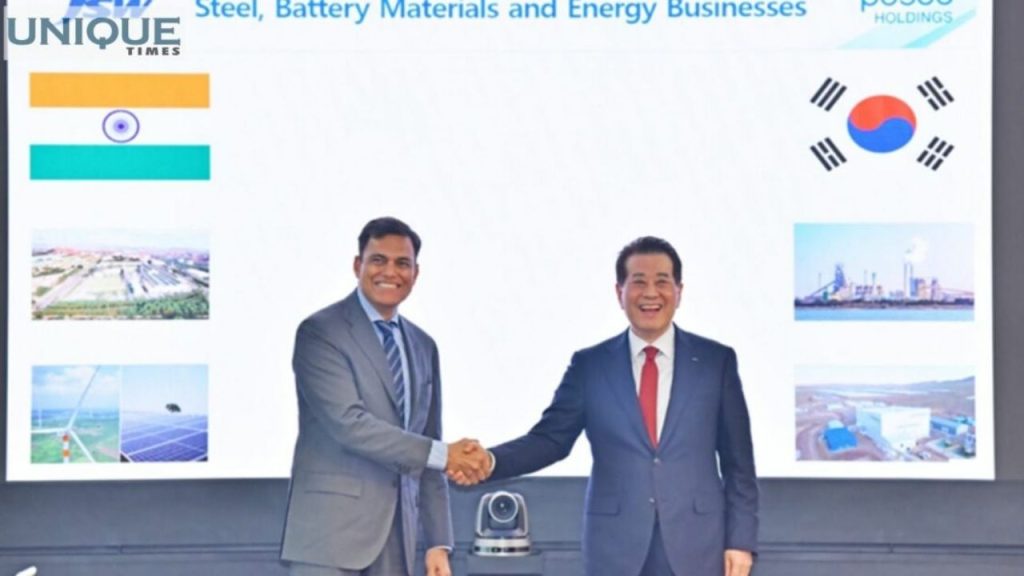
For folks who don’t know, Odisha (pronounced Oh-dee-sha) is a coastal state in eastern India, rich in natural resources like iron ore and coal. Think of it as the Texas of India—but instead of oil, it’s sitting on mountains of iron ore, the key ingredient for making steel. And now, global steel giant POSCO (from South Korea) and Indian powerhouse JSW Steel are teaming up to transform the region into one of the world’s largest steel-making hubs.
JSW, POSCO Plot Mega Expansion
| Topic | Details |
|---|---|
| Project Partners | JSW Steel (India) & POSCO (South Korea) |
| Location | Odisha, India (Keonjhar District focus) |
| Investment | |
| Plant Size | 5–6 MTPA (Million Tonnes Per Annum) integrated steel plant |
| National Impact | Part of India’s goal to reach 300 MTPA steel capacity by FY2031 |
| Official Reference | Ministry of Steel, Government of India |
The headline “Odisha emerges as steel powerhouse target—JSW, POSCO plot mega expansion” isn’t hype—it’s history in the making. This joint venture has the potential to catapult India’s steel industry to new heights, boost Odisha’s economy, and reshape the global steel supply chain.
From resource-rich land to global partnerships, Odisha is becoming the Pittsburgh of the East—only bigger, greener, and more ambitious. Whether you’re an investor, professional, or just someone curious about global trade, keep your eyes on this space.
Why Odisha? The Perfect Storm for Steel
You might be wondering: Why Odisha? Why not Mumbai or Delhi? Simple—resources and strategy. Odisha has:
- The world’s best iron ore reserves: Some of the richest deposits globally.
- Proximity to ports: Easy shipping routes for export to Southeast Asia, Europe, and the U.S.
- State government backing: Odisha’s leaders are rolling out the red carpet for foreign investment.
In short, Odisha is like having Houston’s oil fields mixed with California’s access to the Pacific—all in one.
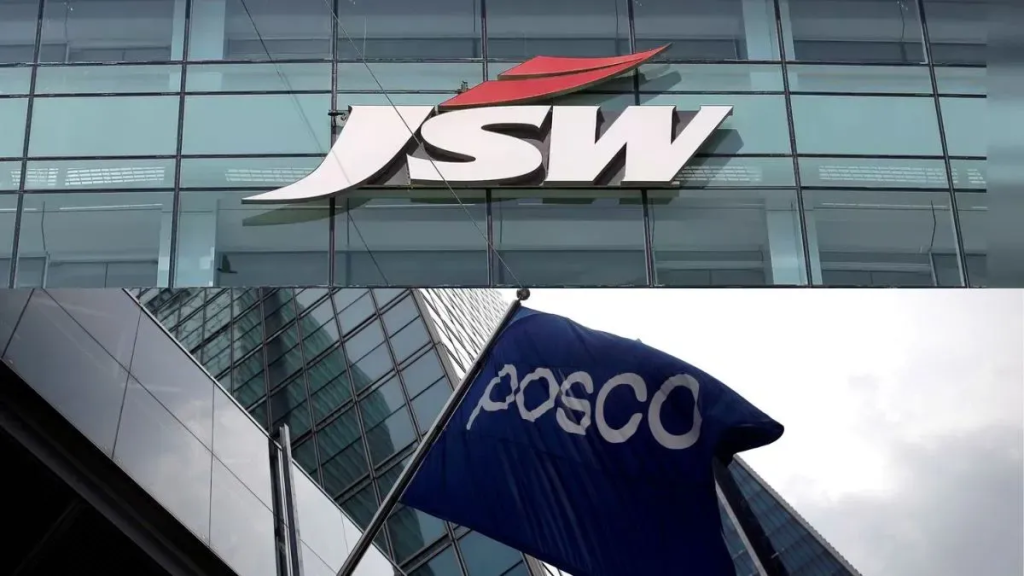
Breaking Down the JSW–POSCO Expansion
Here’s the deal:
- The Partnership: In August 2025, JSW Steel and POSCO signed a Heads of Agreement (HoA) to build a 6 MTPA integrated steel plant. This follows an earlier MoU from 2024.
- The Scale: 6 MTPA might not sound like much, but let’s put it in perspective. The U.S. produces around 90 MTPA of steel per year. A single plant in Odisha will be producing nearly 7% of America’s total steel output.
- The Money: This baby will cost about ₹40,000 crore ($5 billion USD)—the kind of cash that could build multiple NFL stadiums.
- The Timeline: Land acquisition is already in motion in Keonjhar district, with state funds deposited to kick things off.
This is not just another plant. It’s a statement: India is coming for the global steel throne.
What This Means for the Global Steel Market
1. India’s Big Push to Overtake China
Right now, China is the undisputed steel king, producing more than 1 billion tonnes annually. But India, currently the world’s second-largest producer at around 140 MTPA, wants to hit 300 MTPA by FY2031. Odisha’s role? Contributing nearly half of that.
2. Jobs and Economy
The expansion could generate:
- 50,000+ direct and indirect jobs
- Boost in local small businesses (think construction, logistics, housing)
- Increased state revenue from exports
3. Sustainability Angle
Both JSW and POSCO are investing in greener steel tech—like hydrogen-based furnaces and renewable-powered plants. That matters because steel is one of the world’s biggest carbon emitters.
Lessons from the Past: Why This Time Feels Different
Back in the 2000s, POSCO tried to build a massive steel plant in Odisha but failed due to land acquisition disputes and local protests. This time:
- JSW is in the driver’s seat, bringing strong local ties and political backing.
- The state government has streamlined land policies.
- The central government under “Atmanirbhar Bharat” (self-reliant India) is prioritizing domestic manufacturing.
It’s like watching a football team that’s finally fixed its defense after years of losses. The odds are much better now.
Practical Takeaways for Professionals
If you’re in business, engineering, or even just thinking about career growth, here’s how this expansion affects you:
- Career Opportunities: Engineering grads and supply chain pros—Odisha’s steel boom could be your next big break.
- Stock Market Moves: Watch JSW Steel (NSE: JSWSTEEL). Analysts expect a boost as capacity scales up.
- Export Opportunities: U.S. and EU companies in auto and infrastructure could benefit from cheaper, greener Indian steel.
- Supply Chain Insights: With Odisha ports scaling up, expect smoother global shipping links.
How to Understand Steel Capacity Like a Pro
Here’s a simple breakdown:
- 1 MTPA (Million Tonnes Per Annum) = enough steel to build about 8,000 miles of railroad track.
- A 6 MTPA plant = steel for 48,000 miles of track—that’s almost enough to circle the Earth twice.
So when you hear 130 MTPA for Odisha, imagine enough steel to build every skyscraper, bridge, and highway in America several times over.
From Vice-President to Suspect: Nihar Mohanty’s Suspension Shakes Odisha’s Education Board
Social Activist Shovana Mohanty to Lead Odisha’s State Commission for Women.
FAQs
Q1: What does MTPA mean?
A1: Million Tonnes Per Annum—the amount of steel a plant can produce each year.
Q2: Why is POSCO important in this deal?
A2: POSCO is one of the world’s most advanced steelmakers, bringing technology and global credibility.
Q3: How will this affect steel prices?
A3: More supply usually stabilizes or lowers prices, which is good for industries like auto, construction, and appliances.
Q4: Could local protests derail this project?
A4: It’s possible, but JSW has better local engagement strategies this time compared to POSCO’s solo attempt in the 2000s.
Q5: What’s India’s endgame?
A5: To be less dependent on China, to grow exports, and to power its domestic infrastructure boom.

